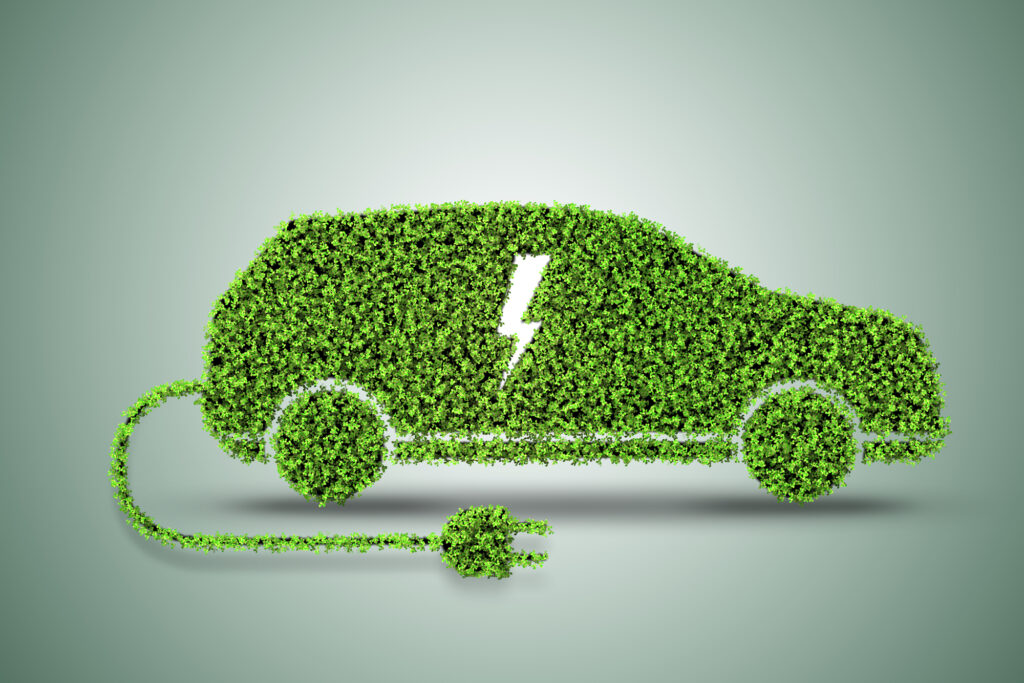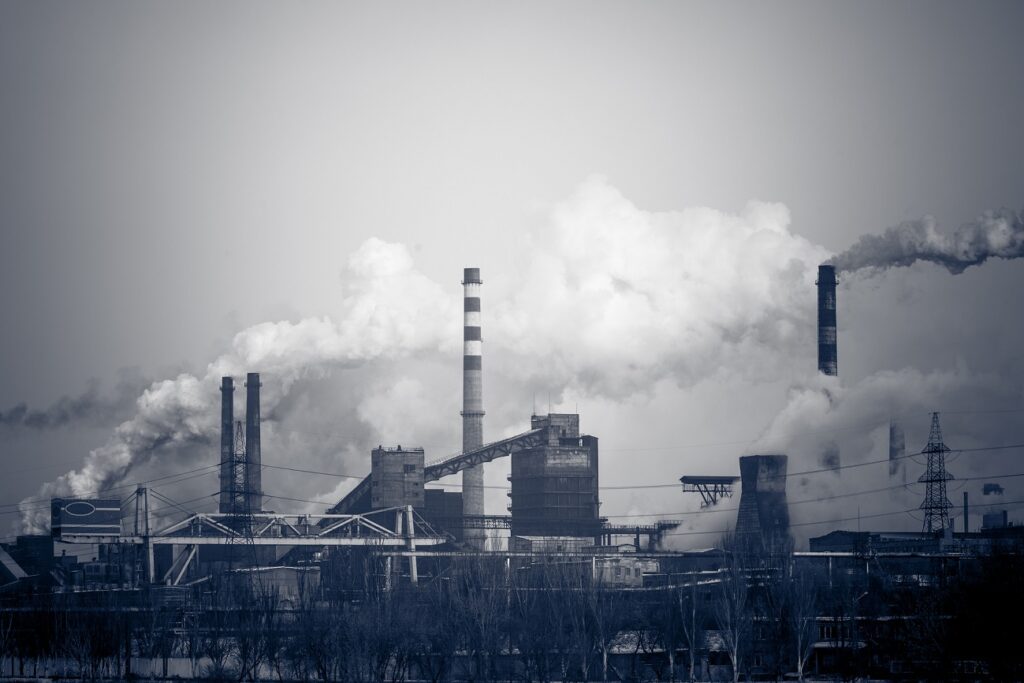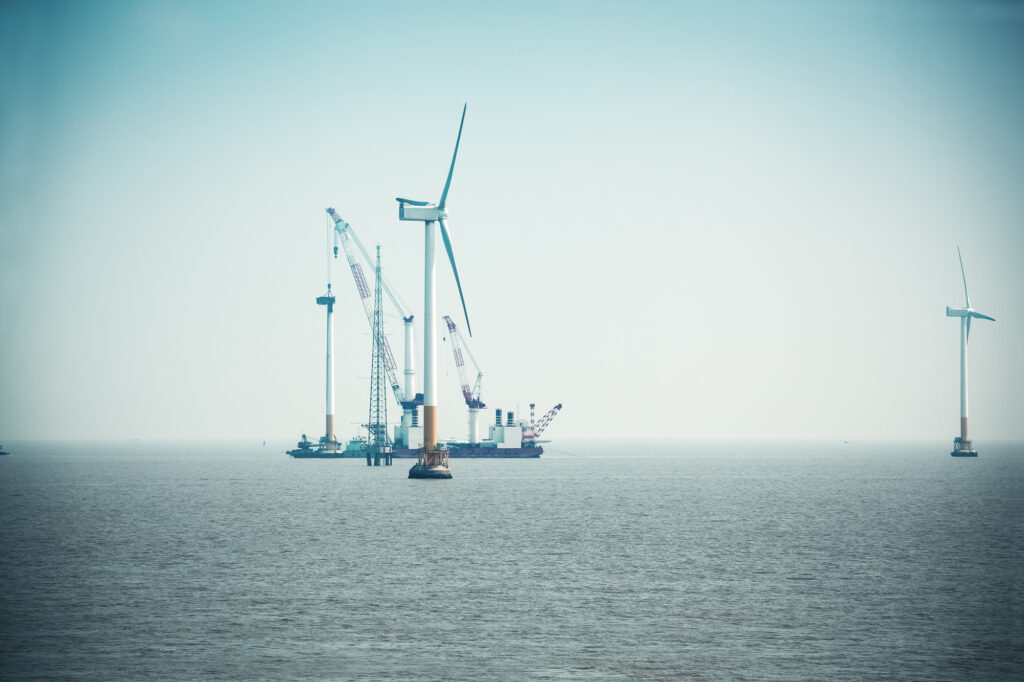Spis treści
At the beginning, it is worth reassuring that the “threat to the security of electricity supplies” announced this morning does not mean that we are at risk of a blackout. The risk of cascading power outages always exists, and when the margin is small (too little or too much generation relative to the load), the risk increases. However, the system is working efficiently and in order to keep it that way, Polskie Sieci Elektroenergetyczne today announced a “security threat”.
This procedure allows PSE to order the reduction of power plants connected to distribution networks with a voltage lower than 110 kV. This mainly concerns medium and small wind and solar power plants, as well as photovoltaic micro-installations on the roofs of Polish houses, which are today one of the largest sources of power in the power system.
Turning off photovoltaics without compensation
Who and how distribution companies will reduce depends on their decisions. – Due to the threat to the security of electricity supplies announced by the National Power Dispatch [..], we would like to inform you about the temporary shutdown of controllable PV sources connected to the medium voltage power grid. The exclusion is valid today, i.e. April 23 this year, from 12.00 to 16.00. The restrictions are subject to all producers of energy from photovoltaic and wind sources, where the suspension of production is possible from the position of power dispatch. The restriction does not apply to prosumers – explains Karol Łukasik, spokesman for PGE Dystrybucja, in an interview with WysokieNapeicie.pl. – In the network operated by PGE Dystrybucja, limitations of 700 MW are expected at peak times. Pursuant to the law, today’s reduction is not subject to compensation from the network operator, he adds.
Too much energy production, too little consumption
We have nice weather today, and the sun – due to the time of year – is already quite high above the horizon, which means that photovoltaic panels generate more and more energy. At the same time, it is not yet so hot that the efficiency of solar installations decreases, as it happens in hot weather. Today’s forecasts assumed that photovoltaics will supply the system with 7.5 GW of peak power, and wind farms will add an additional 1-3 GW.
Meanwhile, consumer demand is low today due to a day off from work and a non-trading Sunday as well as moderate temperatures (approx. 18-23 degrees Celsius in most of the country), which means there is no greater demand for air conditioning. The total demand of consumers during the day will be approximately 15 GW today.
It is easy to calculate that as much as 2/3 of the demand could be covered by photovoltaic panels and wind farms alone. They could if other energy sources were able to limit their production. However, the Polish power system consists mainly of old coal blocks from the 1970s. They have little operational flexibility due to wear and tear, and they are also very unreliable. If they turned off for a few hours on Sunday, when the sun is shining brightly, they might not return to work on Monday morning, when there will be less sun and factories and office buildings will return to normal operation.
PSE must therefore take into account their requirements of the minimum power with which they must operate. In summer it is approximately 9 GW. With low consumer demand, there is only 6 GW of space left for other sources to work with, unless we export energy to neighbors or store it (e.g. in pumped-storage power plants).
Export limited by high prices in Poland
Today it is sunny all over Europe, so it is difficult for Polish power plants to sell electricity abroad. In addition, the oversupply of power did not translate into the market. Today’s energy prices on the balancing market, despite oversupply, not only have not dropped to near zero or negative, but still remain at the level of PLN 300/MWh. The fact is that in the case of coal-fired power plants, this means – de facto – negative prices – because the price is below their production costs. However, from the recipients’ point of view, this is still too much to stimulate demand growth. With such high prices, our neighbors are not interested in purchasing surplus energy from Poland.
In the future, excess power can be “absorbed”, e.g. by local heating systems, which – instead of burning fuel to heat domestic water – could use electric resistance heaters. Their installation costs little, and their power consumption – even in summer – could be significant, but this would require a much higher price response on the market than we observe today.
In the West, dynamic tariffs solve part of the problem
Another solution is energy storage, but it also requires a much deeper response from the energy market to pay off investments in storage. In the case of dynamic rates that change depending on the market situation, consumers could also partially absorb the excess power. This is how it works in many Western European countries. Charging electric cars or heating domestic water that starts automatically during hours with low energy prices may even result in customers earning money by having their car charged. There are no such solutions in Poland yet.
For now, however, the flexibility of the Polish market – both on the supply and demand sides – is low, so the transmission network operator is left with administrative actions – orders and prohibitions. Their costs are then included in electricity prices for end users.
Exclusions will become more frequent. Is it wrong?
PSE took this action today. This is the first time that the operator reduces power plants connected to even medium- and low-voltage distribution networks. So far, we have seen excess capacity on the market several times, but these were wind farms – most of them connected to the transmission network, so PSE could issue orders to reduce them themselves. Today there is relatively little wind, and some wind farms must operate to facilitate system management – they generate voltage where it is needed (in the north of the country). Therefore, today’s reduction – which may exceed even 3 GW – will mainly concern solar power plants.
Such orders to limit production will occur more and more often in Poland and many other countries around the world. This is a natural result of changing energy production technologies, especially in the situation of a small share of energy storage in the system. To some extent, reductions are the cheapest and most effective form of system management. If the number of reduced hours per year does not exceed, for example, 100 or two hundred, it is not profitable to build warehouses or demand-side response systems for such short periods of operation per year. Therefore, even in a system where we will have enormous energy storage capacity, “losses” in this form will not be unusual.












